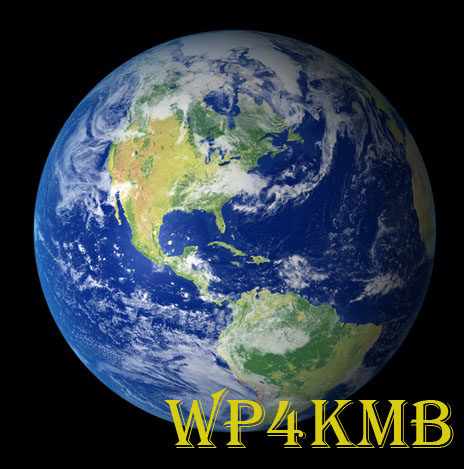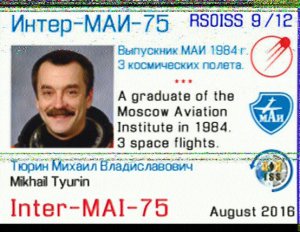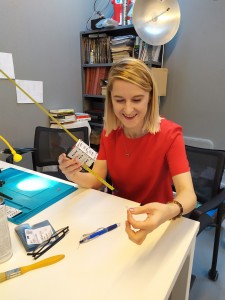IARU in the CEPT Working Groups
IARU in the CEPT Working Groups
 IARU volunteers have been participating in the CEPT FM and SE Working Groups looking after the amateur and amateur satellite service interests. CEPT WG-SE #88 took place during April and WG-FM #99 took place at the end of May.
IARU volunteers have been participating in the CEPT FM and SE Working Groups looking after the amateur and amateur satellite service interests. CEPT WG-SE #88 took place during April and WG-FM #99 took place at the end of May.
The report from the IARU Region 1 site says:
WG-FM’s project teams tackle a wide range of civil spectrum applications and are developing important regulatory deliverables relating to wireless power transfer and the 23cm band RNSS coexistence topic amongst other things. Work on both these topics is ongoing.
The CEPT Radio Amateur Forum Group (RAFG) is hosted by WG-FM and is chaired by the IARU for the time being. Its main task is maintenance of the CEPT Recommendations TR61-01 and TR61-02. A proposal to merge the activities of the RAFG into project team FM58 (Maritime) has been made but the final decision has been held over until the next WG-FM meeting. The RAFG was tasked at this meeting with a new work item to consider the feasibility of developing an electronic database of CEPT wide amateur licensing documentation. This was supported by six administrations.
https://cept.org/ecc/groups/ecc/wg-fm/fm-radio-amateur-fg/client/introduction/
In WG-SE technical spectrum sharing studies are taking place covering;
• Wireless power transfer including consideration of electric vehicle charging (WPT- EV).
• UWB radiodetermination in 116 – 250 GHz.
• Vehicular radar systems in 77 – 81 GHz.
• Security Scanners in the range 60 – 90 GHz.
• 23cm band RNSS coexistence (related to the WRC item and reported in detail elsewhere)
https://www.iaru.org/spectrum/iaru-and-itu/wrc-23/agenda-item-9-1-topic-b/
Amateur service frequency bands are within the scope of all these studies and fall under the remit of the IARU R1 SRLC
https://www.iaru-r1.org/about-us/committees-and-working-groups/srlc/
A summary report of the WG-SE meeting is at
https://www.iaru-r1.org/wp-content/uploads/2021/06/CEPT-WGSE88-April-2021-report.pdf
The WG-FM meeting is at
https://www.iaru-r1.org/wp-content/uploads/2021/06/WGFM-99-May2021-Report.pdf
m5aka
AMSAT-UK
Powered by WPeMatico




